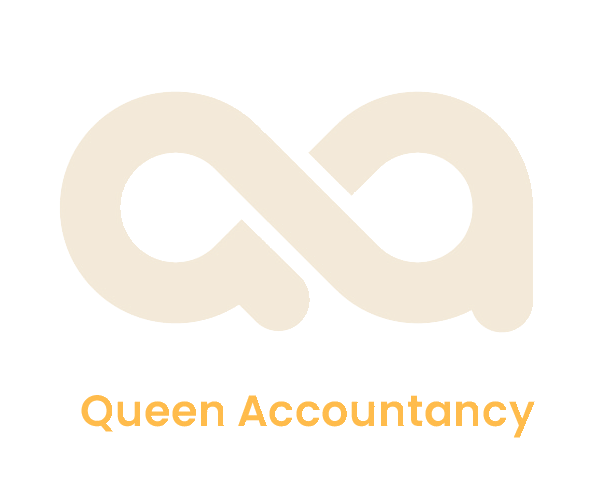Getting things right with your business jargon can be hard…
So why not come up with some easy-to-remember acronyms?
Let’s just explain the difference between Gross and Net profits step by step.
What is Gross Profit?
This is a measure of profit calculated when you deduct direct costs (also known as cost of goods sold) from revenue.
Gross Profit = Revenue – Cost of goods Sold
What is Operating Profit?
This is the amount of revenue before the deduction of interest and taxes.
Operating Profit = Gross Profit – Operating Expenses
You only subtract expenses that are directly related to the running of the business.
This includes things like direct material cost, employee salaries, accounting fees, advertising and marketing, Insurance, legal fees, office Supplies, maintenance and repair and rent etc
What is Net Profit?
This is the amount of revenue that a company keeps after all of its expenses and taxes have been paid.
Net Profit = Revenue – operating expenses-interest-taxes
What is Net Profit Margin?
This is the percentage of revenue that the company keeps.
If a company turns over £100,000 and keeps a net profit of £20,000, the net profit margin would be 20%.
Net Profit Margin = (Net Profit ⁄ Total revenue) x 100
As you can see, net profit margin is a very important business metric. It’s a good idea to calculate it on a regular basis to track your company’s financial health.
So how can you remember it?
GIN – Gross isn’t Net
Pour the GIN after the money comes in. Gross is the total profit, with no deductions. Nice full glass.
Take a couple of sips (or make those deductions for the cost of manufacturing, wages, tax etc.) and what you’re left with is the Net profit.
By understanding the factors that affect it, you can gain a clearer picture of your business’ overall financial health and make strategic decisions to improve your business’s bottom line.

